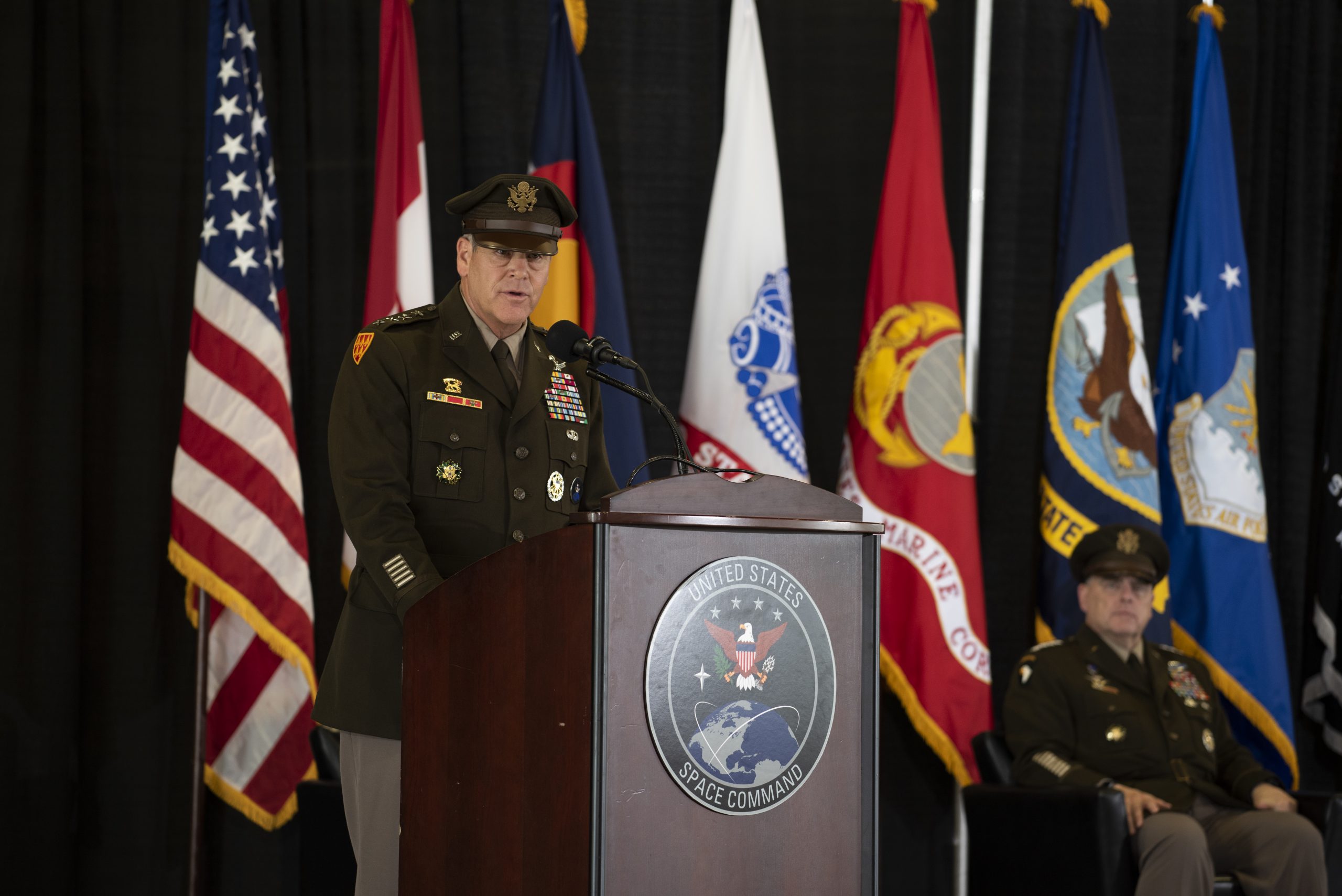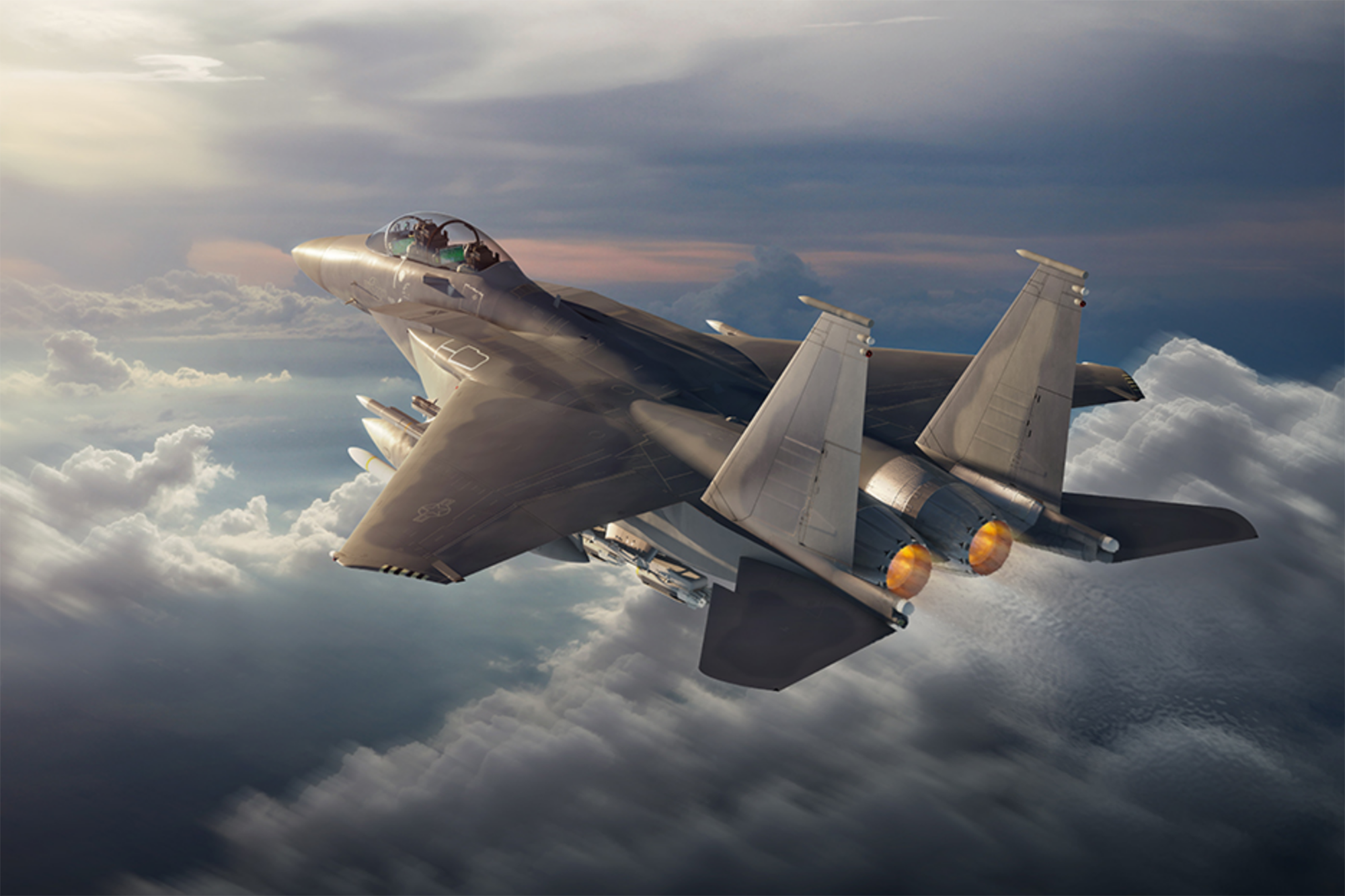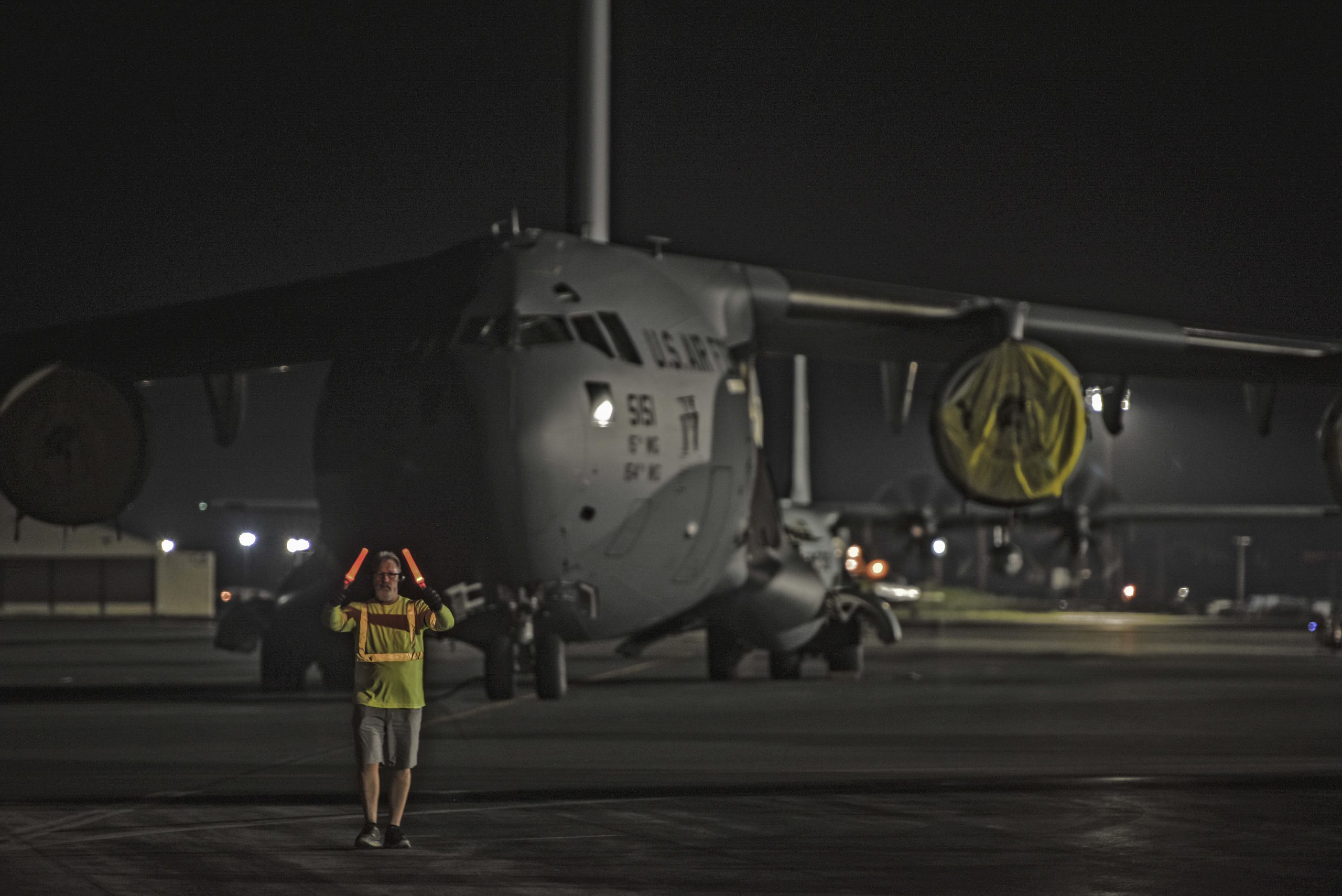Air Force Global Strike Command is seeing a surge in the readiness of its B-1, B-2, and B-52 aircraft, as the bomber fleet shifts away from continuous bomber presence deployments and missions like close air support, AFGSC commander Gen. Timothy M. Ray said.
The recovery of the B-1, which former Chief of Staff Gen. David L. Goldfein once described as “hard broke” from years of yeoman work in the Middle East, particularly has been “incredibly successful,” Ray said at a press conference during AFA’s virtual Air, Space & Cyber Conference. The aircraft is “probably six or seven months ahead of where we thought it would be” thanks to relief from some missions and more attention on resources.
“Any given day, I can probably fly well over 20 of the B-1s,” Ray said. The fleet—the only one of the three bombers that does not have a nuclear mission—had been so worn down from operational deployments in the Middle East that at one point only six could be called on for combat. The Air Force has 62 B-1s, but it wants to retire 17 of the most structurally fatigued aircraft.
Likewise, of 76 B-52s, Ray could send 30 into battle, along with “almost every B-2” that’s not in depot maintenance, he said. Usually, two of the 20 B-2s are in depot for long-term restoration.
Ray touted the “great success” of dynamic force employment bomber missions to Europe and the Pacific, and these mission were called out by Defense Secretary Mark T. Esper in his address to the vASC as the prime example of how the U.S. will flexibly respond to demands for power projection.
Ray paraphrased Esper as saying “there’s no better example of dynamic force employment than Bomber Task Forces. He talked about our ability to get anywhere on the planet,” and not having to worry about overflight rights.
Bomber task forces have shown that “even in a pandemic, … we can do that in an incredible fashion,” Ray added.
Hypersonic munitions will only enhance that capability, Ray asserted, noting that combatant commanders view hypersonic air-launched weapons as “incredibly valuable.”
The arrival of hypersonic missiles in the next couple of years will dramatically increase the striking power of the B-1 and the B-52, Ray said. While the B-52 will be first to get the AGM-183 Air-launched Rapid Response (ARRW) boost-glide weapon, the B-1 will be far more formidable than it is now in the standoff role, carrying the weapon on external hardpoints.
“We need to do that soonest,” Ray said of fitting the ARRW to the B-1. He’s also fully in favor of pressing on with an air-breathing, or scramjet-powered hypersonic missile that could complement the ARRW and fit on fighter-size aircraft or in the B-1 or B-52’s internal weapons bays. The Air Force “has that right” in its phasing of the two efforts. The two systems are “not either-or, I think we should do both,” Ray said.
“I am very pleased with the progress we’re making” on getting hypersonics to the bomber fleet, he said.
Ray has previously said he thinks the B-52 makes an excellent “Arsenal Plane” as it stands, and has also endorsed pursuing such a concept as a new-start under USAF acquisition executive Will Roper’s eSeries of digitally-designed aircraft.
“The Arsenal Plane conversation is working its way through. I’m not guiding that, I’ve been broad in my request for capability, that’s going to play inside some other channels inside the Pentagon,” Ray said. His priority is to implement the bomber roadmap, which he summed up as “B-52 modernization, sustaining the B-2 until we have enough B-21s, and to … [make] sure the B-1 is right-sized, capable, and postured to be another one of those bridging mechanisms until the B-21 shows up.”
The roadmap “will take you into the late 2020s, and that’s when you can start talking about a fleet [of bombers] bigger than 175, … on its way to 220.”
Ray said the B-21 will achieve initial operational capability “no earlier than ’22,” saying only that the new bomber is an “incredibly healthy, strong program. I have no issues or concerns” with it.
AFGSC has a “good plan” to upgrade the B-52 with new engines, radar, weapons, and connectivity. The upgrades will likely make it possible to eliminate one crew member from the airplane, he noted.
“The radar is very important,” Ray said. “What we’ll do … is, we’ll try to re-host the electronic warfare officer downstairs, make it a four-person crew, because we think we can be just as effective, with the current mods that we have going on right now.”
The B-52 fleet is “incredibly healthy” he said. “I’m thrilled with how it’s doing. … The performance has been tremendous, and on almost a regular basis, [it turns in] a 100 percent mission ready crew status. That, I haven’t seen in many years.”
Although the plan is to use eight B-52s to test the various aspects of the upgrade—two each for the engines, radar, new cruise missile, and for various other changes—Ray said he has no plans to take any more out of the “boneyard” and get them flight-worthy. Two aircraft have been resurrected in this fashion in recent years.








